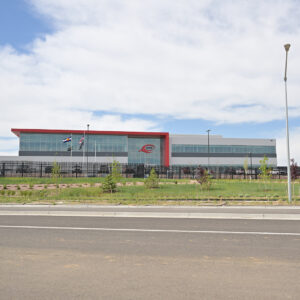Physical Address
304 North Cardinal St.
Dorchester Center, MA 02124
Physical Address
304 North Cardinal St.
Dorchester Center, MA 02124

A massive expansion of data centers across the American West is creating an unprecedented “digital gold rush” that could increase household electricity bills by 30-50% while derailing state climate commitments, warns a new report from Western Resource Advocates.
The surge in power-hungry facilities from Arizona to Colorado is projected to boost regional electricity demand by 55% by 2035 – equivalent to powering 25 cities the size of Las Vegas annually. This explosive growth is forcing utilities to keep fossil fuel plants running longer and may saddle everyday consumers with billions in infrastructure costs typically spread across all ratepayers. In Nevada alone, the state’s main utility now expects carbon emissions to rise 53% above previous estimates due to data center expansion.
Water consumption presents another critical challenge, especially in drought-prone Western states. Proposed Nevada data centers could consume up to 7 billion gallons annually by 2035 – enough water for nearly 200,000 people. Communities are pushing back against secretive development deals, with Arizona’s Pima County implementing new transparency requirements after residents were excluded from decision-making about a controversial desert data center project.
However, innovative solutions are emerging. Some communities are requiring data centers to pay specialized rates reflecting their true infrastructure costs, while others mandate renewable energy commitments. European models show promise too – data centers in Finland capture waste heat to warm 100,000 homes. Without stronger regulations and transparency, advocates warn that some of the world’s most profitable tech companies will continue shifting their massive energy costs to ordinary households while undermining regional sustainability goals.